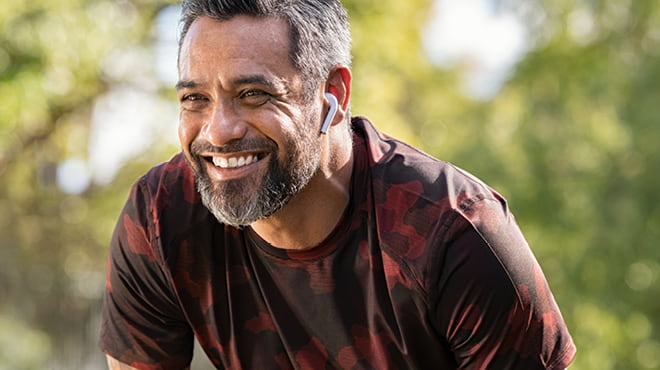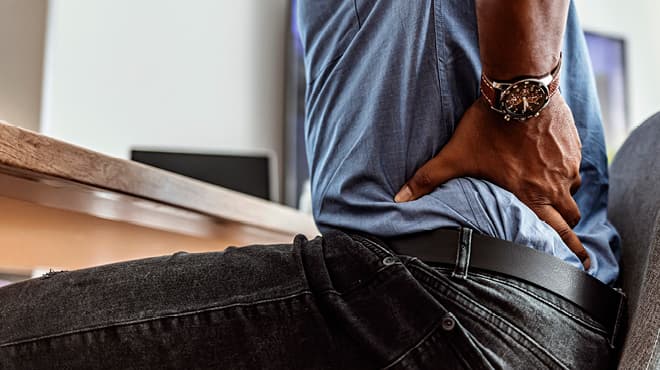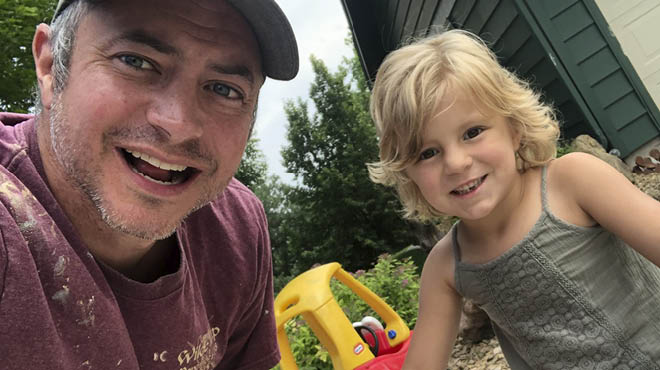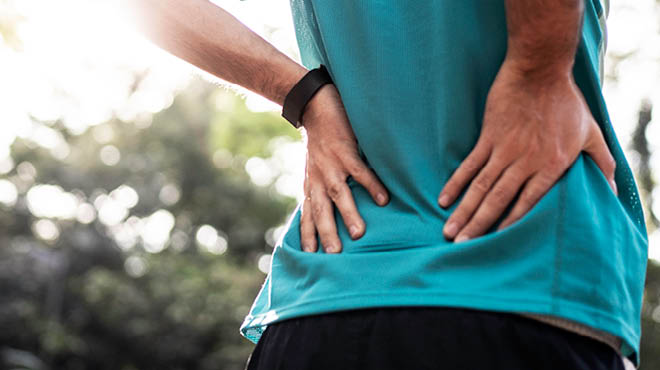Recent Posts
What is a spinal fusion, and does it work?

“Oh my aching back!” Have you heard this before? Up to 80 percent of adults have back pain at some point in life, and all are seeking relief. Most people with back pain will get relief from nonsurgical interventions, such as heat, ice, exercise and time. This is because their pain is a result of a muscle or ligament strain.
However, the pain that some people experience is the result of structural issues with their spines, and those individuals can benefit greatly from a surgical intervention on their spine.
SPINAL FUSION EXPLAINED
A spinal fusion is a common type of complex spinal surgery that can help with chronic back pain in certain situations. These include correcting instability or deformity in the person’s spine. Spinal fusion also is used to treat some degenerative conditions and spinal fractures.
During the procedure, your surgeon places bone or a bonelike material within different spaces between two or more spinal vertebrae which will cause these vertebrae to grow together, or fuse, over time. The bone graft may come from a bone bank or your own body, typically your pelvis. Metal plates, screws and/or rods are used to hold the vertebrae together as a single solid unit while the bones heal. Your surgeon also may remove a portion of your back structure to reduce pressure on the nerve(s) causing pain.
SPINAL FUSION CONSIDERATIONS
Spinal fusion generally is a safe procedure. As with any surgery, however, spinal fusion carries the potential risk of complications. Additionally, it is important to consider the pros and cons with this surgery because it immobilizes parts of your spine permanently and changes the way your spine can move. Most of my patients report that their lives have not been significantly impacted by this loss of mobility, and quality of life actually is enhanced due to the reduction of pain.
Even when spinal fusion provides symptom relief, it does not prevent you from developing more back pain in the future. Most of the degenerative conditions in the spine are caused by arthritis, and surgery will not cure your body of that disease. Additionally, fusion of vertebrae can place additional stress and strain on the vertebrae above and below the fused portion, and may increase the rate at which those areas of your spine degenerate, which is called adjacent segment disease.
SPINAL FUSION RECOVERY
If you have a spinal fusion procedure, you can expect to remain in the hospital one to three nights on average, but will be encouraged to begin walking the day after surgery. Physical therapy will begin about six weeks after surgery. You also will have lifting restrictions immediately after the procedure and have a 50-pound weight-lifting restriction for the rest of your life to try to minimize the strain on the spine and reduce the chance of an adjacent segment problem.
It is important not to attempt to rush your recovery as the bone graft requires time to heal and immobilize the portion of your spine. Nicotine impedes bone growth and the healing process, so you will need to stop using tobacco or nicotine for six weeks before surgery and at least one year after surgery. Better yet, stop smoking completely.
T.K. Schiefer, M.D., is a neurosurgeon in Eau Claire, Wisconsin.





